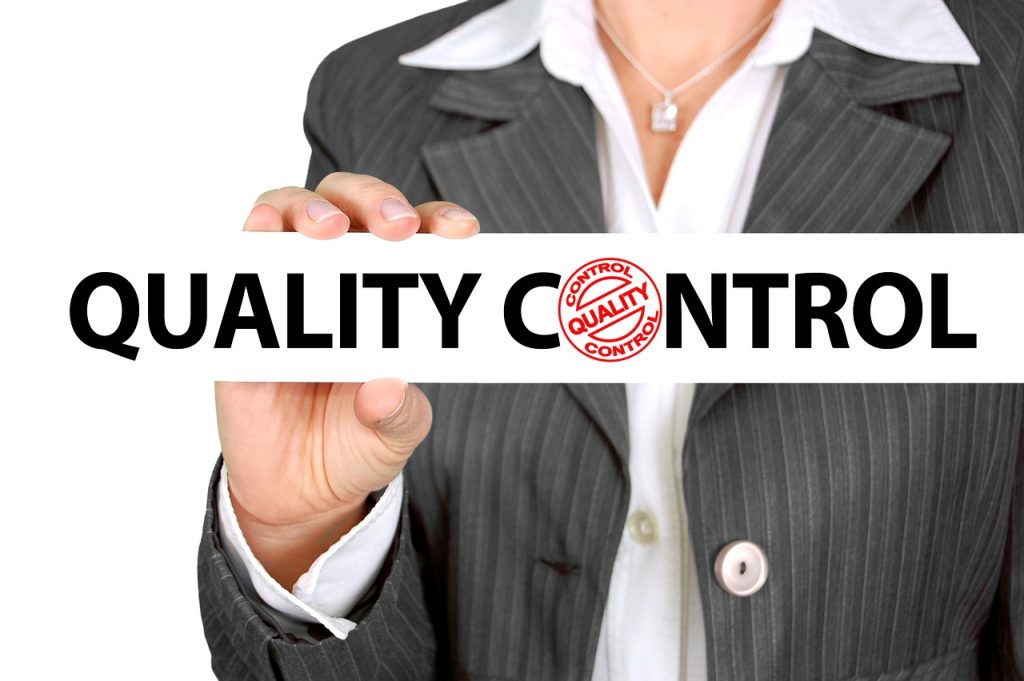Did you know that 98% of people have decided against dining at a restaurant due to poor customer service, according to a survey by American Express? This blog will guide you through practical steps to prevent bad reviews and strategies to improve your restaurant’s performance after receiving negative feedback. From delivering exceptional customer service and maintaining consistent food quality to creating a comfortable atmosphere and engaging with customers online, we’ll cover it all. Think of this as your recipe for ensuring every guest leaves with a smile and a positive review.
Preventing Bad Reviews
1. Deliver Outstanding Customer Service
According to a survey by American Express, 98% of people stopped themselves from making a purchase or dining in at a restaurant because of poor customer service. You don’t want that to happen to you right? Here are some tips that you can follow to ensure that you have the best customer service and make your customers feel special.
Train Your Staff Thoroughly: Your staff should be able to have all the menu items on their tips and during festivals or peak seasons make sure that the smile from their faces doesn’t vanish. Your staff should be well prepared to handle the stress.
Personalize the Experience: Offering them a cake or singing birthday songs on their birthdays will make them feel special. Remember their names and their favorites and show them that you care about them in small gestures.
Listen and Act: Encourage staff to listen to customer feedback in real time and address any issues immediately. Empower them to make decisions that can resolve problems on the spot, such as offering a replacement dish if a customer is dissatisfied.
2. Maintain High Food Quality and Consistency
Consistent quality is key to customer satisfaction. A survey by the National Restaurant Association found that 70% of diners say food quality is their top priority when choosing a restaurant.
Source Fresh Ingredients: Always use fresh ingredients in your dishes. No customer would tolerate a curdled milkshake or a stale patty. Apart from that abstain from preparing food in bulk.
Standardize Recipes: Your customer just loved the burger from your restaurant and came again to order the same but this time they found that it wasn’t juicy enough. This happens when you don’t standardize the recipes. Find what works for your dishes the best and stick to that. You can also try to invest in recipe management software.
Regular Quality Checks: Conduct regular taste tests and kitchen audits to ensure everything is up to par. The quality of your kitchen and store is as important as your dishes. Clean them regularly and make sure that there isn’t any issue of infestation.
3. Create a Comfortable Atmosphere
The vibe that your restaurant gives to your customers matters. Whether you are a fine dining restaurant or a casual dining restaurant with a theme, choose the decor of your restaurant wisely. Elements like wall color, music, and decor pieces matter and they should match with the theme of your restaurant.
Cleanliness: Keep your restaurant spotless. According to a survey by Restaurant Dive, 66% of customers said they would avoid a restaurant with a dirty bathroom.
Comfortable Seating: Ensure your seating arrangements are comfortable and that the dining area is neither too cramped nor too sparse. Ensure that the floorplan of your restaurant is designed in such a way that it is convenient for both the staff and your customers.
Appropriate Lighting and Music: Choose lighting that sets the right mood and music that complements your restaurant’s theme without overwhelming conversations.
4. Engage with Customers Online
In the digital era, your online presence is as important as your physical one. If you don’t have any active social media profiles then create them on popular sites like Instagram and Facebook.
Active Social Media: once you create profiles on social media, the next thing that you should do is post regularly. Don’t miss out on marketing opportunities that social media gives you. Engage with your customers regularly and try to give witty and funny replies without offending them.
Monitor Review Sites: Keep an eye on review platforms like Yelp, Google Reviews, and TripAdvisor. Respond to reviews, thanking customers for positive feedback and addressing negative comments constructively.
Encourage Positive Reviews: Politely ask satisfied customers to leave a review. You can do this through table tents, receipts, or follow-up emails.
Bad reviews for a restaurant are inevitable. No matter how hard you try there will always be those customers who won’t like something in your restaurant. So, let’s move forward to read how you can deal with bad reviews for your restaurant.
Improving Performance After Receiving Bad Reviews
1. Respond Promptly and Politely
A study conducted by Harvard Business Review said that engaging with both good and bad reviews for your restaurant can increase your overall rating.
Acknowledge the Issue: Start by acknowledging the customer’s experience and thanking them for their feedback.
Apologize Sincerely: Offer a genuine apology. Avoid making excuses or blaming the customer. The classic reply that you can give is ‘ Sorry we’re working on it’.
Explain and Rectify: If it is possible then always explain to your customers what went wrong and how you’re improving. Tell them how you will not let this happen again and maybe invite them for a complimentary meal too.
2. Analyze the Feedback
There may be a chance that some of the bad reviews highlight an area that you have overlooked.
Identify Patterns: Look for common themes in negative reviews. Is there a recurring complaint about a particular dish, service, or aspect of your restaurant?
Take Action: Use this feedback to make necessary changes. This could involve retraining staff, tweaking your menu, or upgrading your facilities.
3. Train and Retrain Staff
Your staff should continuously grow and improve how they deal with the customers.
Regular Training Sessions: Hold regular training sessions to address any issues highlighted in reviews and to keep staff updated on best practices. For instance, make them wear gloves and hair masks while dealing with food.
4. Enhance Your Offerings
There may be a chance that your customers’ needs haven’t been met and the bad reviews are arising from there.
Revise Your Menu: Study data related to your menu and make sure that your menu isn’t outdated. Remove all those dishes that your customers aren’t demanding.
Special Promotions: Introduce special offers and discounts on the most preferred dishes, conduct themed nights to attract customers, and show that you’re responsive to their feedback.
5. Improve Communication
Clear communication can prevent misunderstandings that lead to bad reviews.
Be Transparent: Communicate your policies regarding reservations, wait times, and any changes in operation. Ensure this information is available on your website and social media.
Gather Real-Time Feedback: Use comment cards, digital surveys, or direct conversations to gather immediate feedback from diners. This can help you address minor issues before they become major complaints. You can also make a schedule for this and conduct this periodically.
In conclusion, maintaining your restaurant’s reputation and turning bad reviews into growth opportunities involves several key strategies. Start by delivering outstanding customer service; remember, 98% of customers avoid places with poor service. Train your staff well, personalize customer experiences, and respond to feedback promptly. Ensure consistent food quality by using fresh ingredients, standardizing recipes, and conducting regular quality checks, as 70% of diners prioritize food quality. Create a comfortable atmosphere with cleanliness, comfortable seating, and appropriate ambiance. Engage actively with customers online through social media and review platforms. When bad reviews occur, respond promptly and politely, analyze the feedback, train and retrain your staff, enhance your offerings, and improve communication. By following these steps, you can ensure a positive dining experience for your guests and continuously improve your restaurant’s performance. Your proactive approach will help keep customers satisfied and eager to return.




